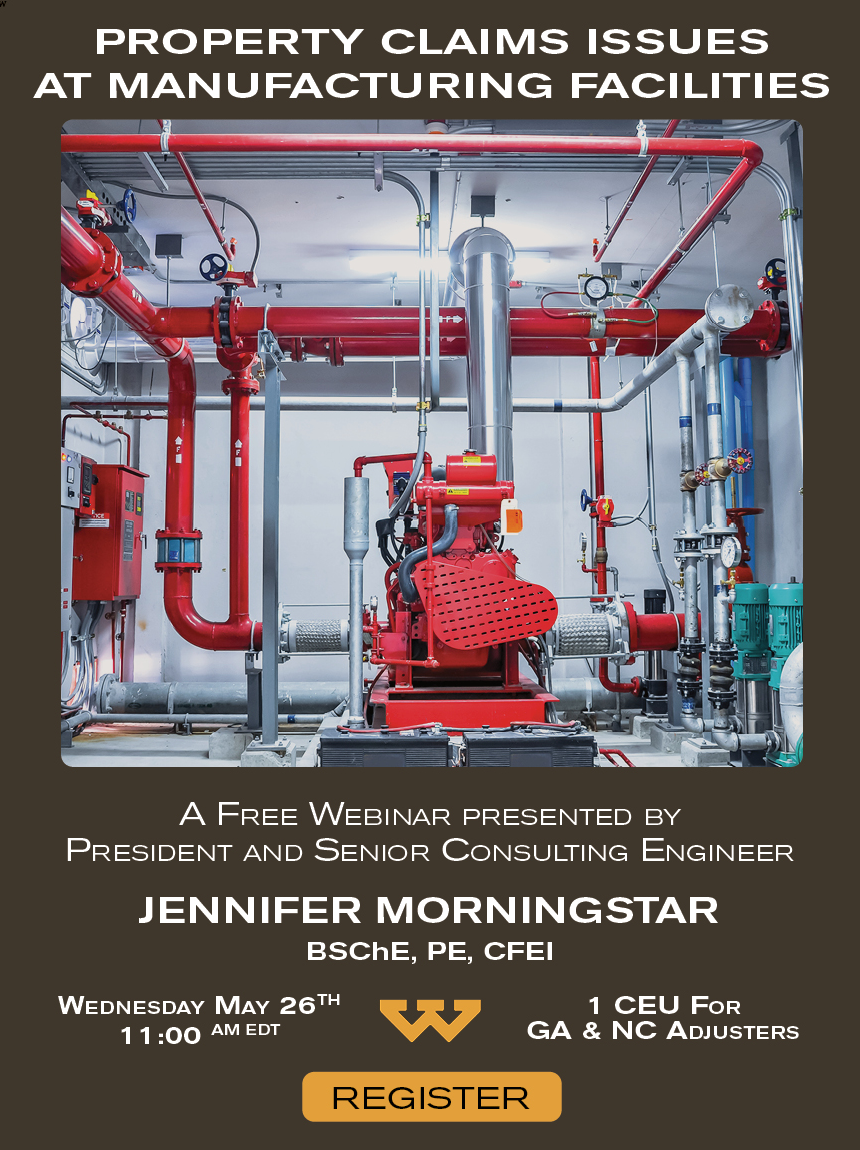Spontaneous Combustion…Is it hot in here or is it just me???
Leave a CommentIn the old-timey Fire Triangle, you have heat, fuel, and oxygen. Get these three together in the right quantities, and you get fire. What if the fuel provides its own heat? That’s spontaneous combustion, or spontaneous ignition. NFPA921 defines this as “initiation of combustion of a material by an internal chemical or biological reaction that has produced sufficient heat to ignite the material.” (more…)



